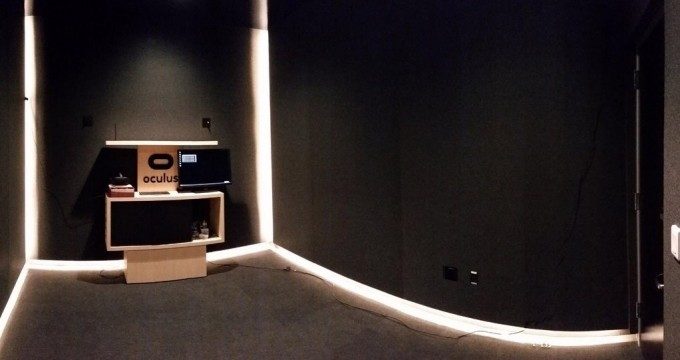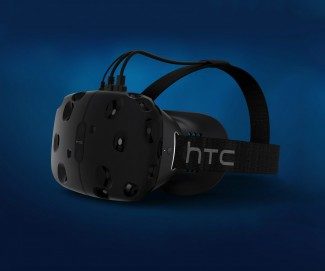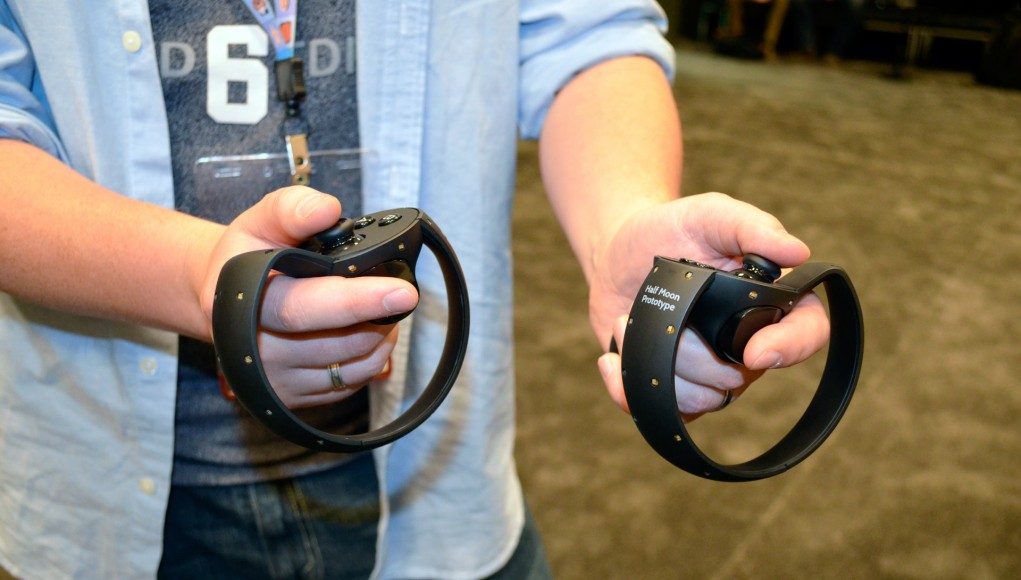Over the weekend, Oculus founder Palmer Luckey “Threw Oculus Sensors in opposing corners of this room for the hell of it,” replicating a ‘room-scale’ VR setup like the HTC Vive. The result? “Works fine,” he says.
The notion of ‘room-scale’ VR—a large tracked space for virtual reality experiences—has been touted by Valve and HTC as a major advantage of the Vive headset. Oculus, on the other hand, has opted to focus the Rift headset and Touch controllers on seated or standing experiences with a smaller range of movement.
At E3 2015, Luckey told me that an emphasis on seated and standing experiences over room-scale was a matter of practicality, not performance limitations.
See Also: Oculus Demonstrates Their Own ‘Room-scale’ Tracking Capability at E3 2015
“The system may match [Lighthouse] in terms of capabilities, but we’re not trying to push that as something for developers to do. Most of the developers we’ve talked to don’t want to limit their audience beyond a subset of a subset of a subset of users,” he said. “You have people who have PCs that are powerful enough to run VR (or willing to buy one), then of that set, people who are interested in virtual reality. [Developers] don’t want to narrow it then down to people who want to clear out large spaces in their homes.”

But the notion that ‘Oculus can’t do room-scale’ has persisted. In an apparent response to critics, Luckey this weekend moved the Oculus tracking sensors from their usual position (both facing the user from the front), to a Lighthouse-like setup with each sensor in the corner of a 15×11 room. Though not exactly a rigorous test, Luckey says that the setup “works fine,” and later responded that the ~15×11 setup “is limited by the room, not the sensors.”
Luckey told me much the same back at E3.
“[Not aiming for room-scale experiences is] not necessarily a technological limitation, I mean all these optical systems have similar limitations in terms of occlusion and in many cases range. It all comes down to what developers are going to make, and we’re not trying to push people to make large room-scale experiences.”

If Oculus’ sensors can track the Rift and Touch controllers as well in a room-scale configuration as Lighthouse, the only major downside to using Oculus’ sensors is that they need to be plugged into the host PC. Lighthouse trackers are ‘dumb’—they don’t send any data of their own and therefore only need to be plugged into a power outlet—instead the Vive headset itself picks up beams from the Lighthouse trackers and sends this data back to the host PC.
If the Rift and Touch do indeed work just as well for room-scale, it adds an additional layer to the interesting platform positioning developing between Oculus’ own platform and SteamVR which aims to support the HTC Vive and other headsets like the Oculus Rift.







